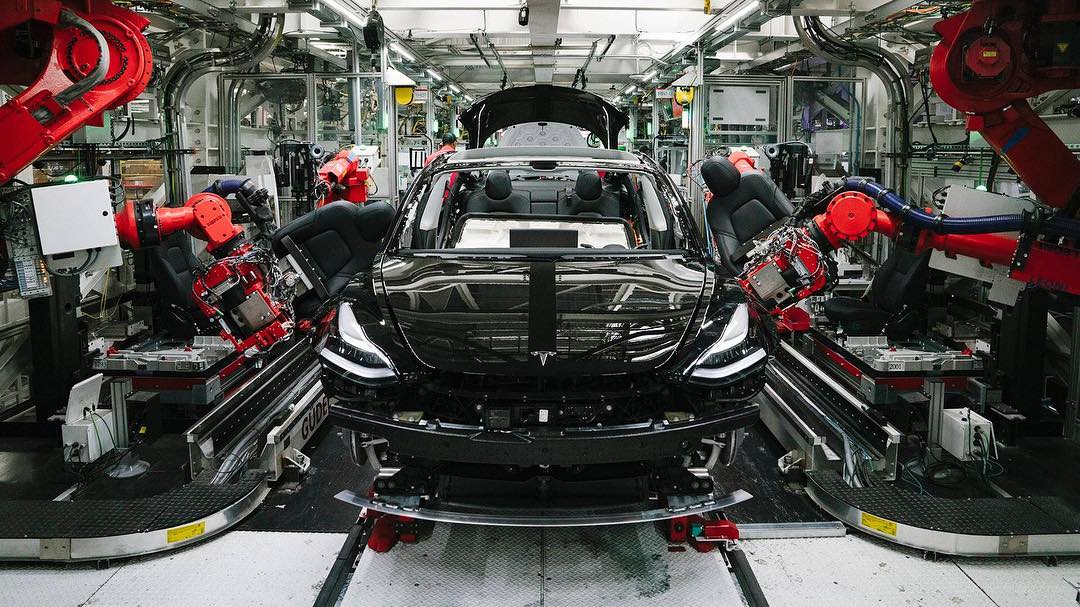

Investor's Corner
Tesla and Panasonic expect profitability amid improving Model 3 production ramp
Tesla’s third quarter financial results were a pleasant surprise to Wall Street. In the days and weeks leading up to the company’s earlier-than-expected third-quarter earnings call, speculations were high that Tesla would either break-even, or post a very small profit. Neither happened, as the electric car maker posted $6.8 billion in revenue, beating earnings estimates with a GAAP profit of $312 million.
According to Elon Musk, that is just the beginning. During the third quarter earnings call, Elon Musk stated that he thinks Tesla could be cash-flow positive and profitable for all quarters moving forward. In his recent appearance at the Recode Decode podcast, Musk reiterated this point once more.
“I said earlier this year, I think we will be cash-flow positive for all quarters going forward,” Musk said, adding that he does not think Tesla would need any more investment. When asked if he believes Tesla can push through just by selling electric cars and battery storage products, Musk answered in the affirmative.
Elon Musk’s affirmation of Tesla’s profitability in the coming quarters comes amidst the equally optimistic outlook of Panasonic Corp President Kazuhiro Tsuga. In a statement to Reuters, Tsuga noted that Gigafactory 1 is on the verge of finally yielding returns for the Japanese battery maker. While Panasonic is still losing money as it ramps its battery cell production capacity in the Nevada facility, Tsuga stated that profits are likely underway in the near future.
“We will be in a position to deliver profits at a very early stage. There is no doubt about it, once we complete the current build-up. Once things settle down, you can control profit on line-by-line basis. The first ten lines are pretty much already there,” he said.
Tsuga further remarked that Panasonic’s investment in Gigafactory 1 would likely exceed 200 billion yen ($1.8 billion) once the expansion of its production lines is complete. For now, Tsuga noted that Panasonic has 11 battery cell production lines running in the Gigafactory, though two more are expected to go online by the end of the year. The Panasonic exec further pointed out that it has dispatched more than 300 people to the Nevada facility to ensure that it can keep up with Tesla’s demands.
Panasonic Chief Financial Officer Hirokazu Umeda is optimistic about the company’s performance in the coming quarters. In a statement to reporters in Tokyo on Wednesday, Umeda remarked that Panasonic has managed to hit a threshold where it can produce batteries in the pace required by the American electric car maker.
“We are finally at a place where we can move in lock-step with Tesla and make as many batteries as they make cars. It’s a relief, because they went through hell this September. And so did we,” Tsuga said.
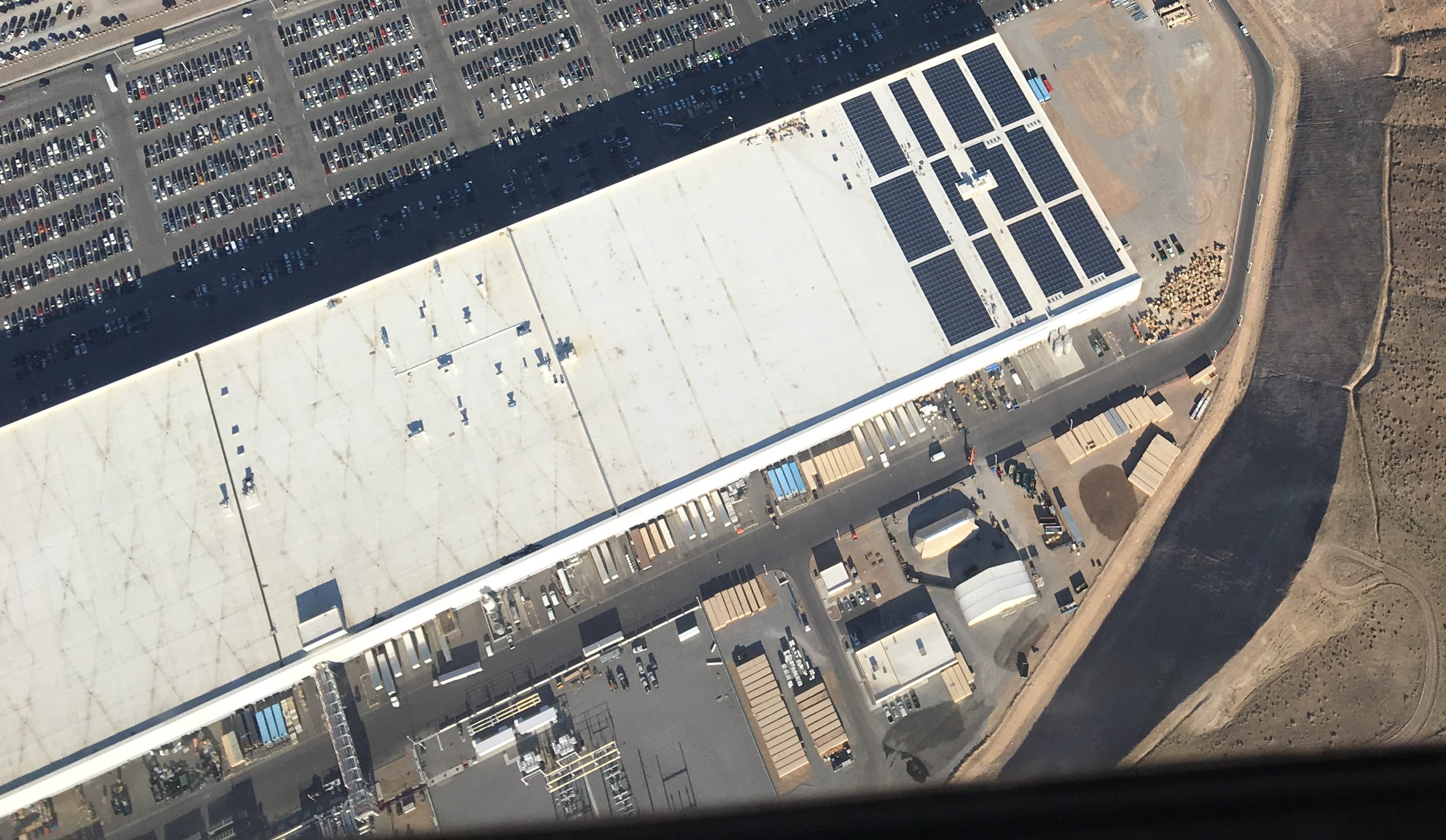
Elon Musk believes that Tesla’s Model 3 ramp has reached a stable point. Responding to a question about the vehicle in the recent Recode Decode podcast, Musk stated that Tesla is “over the hump” in terms of the electric sedan’s production. Musk further pointed out that Tesla could probably hit a production rate of 6,500 Model 3 per week at its current state, though the company’s employees would have to do a notable amount of overtime to achieve a target.
“For us, making 5,000 cars in a week for Model 3 is not a big deal. That’s just normal. Now we’re working on raising to 6,000 and then 7,000 Model 3s a week, while still keeping costs under control. We could probably do 6,000 or more, maybe 6,500 Model 3s a week right now, but it would have to stress people out and do tons of overtime,” he said.
With the announcement of the Mid Range Model 3 and the ongoing phase-out period for the $7,500 federal tax credit, Tesla seems poised to deliver yet another impressive quarter this Q4. Apart from Panasonic’s upgrades in Gigafactory 1 and the installation of new Grohmann machines, Tesla has also registered more than 61,000 new Model 3 VINs in October alone. That’s the equivalent of all Model 3 VINs that the company filed during the first 11 months of the electric car’s production.

Investor's Corner
Tesla bear gets blunt with beliefs over company valuation
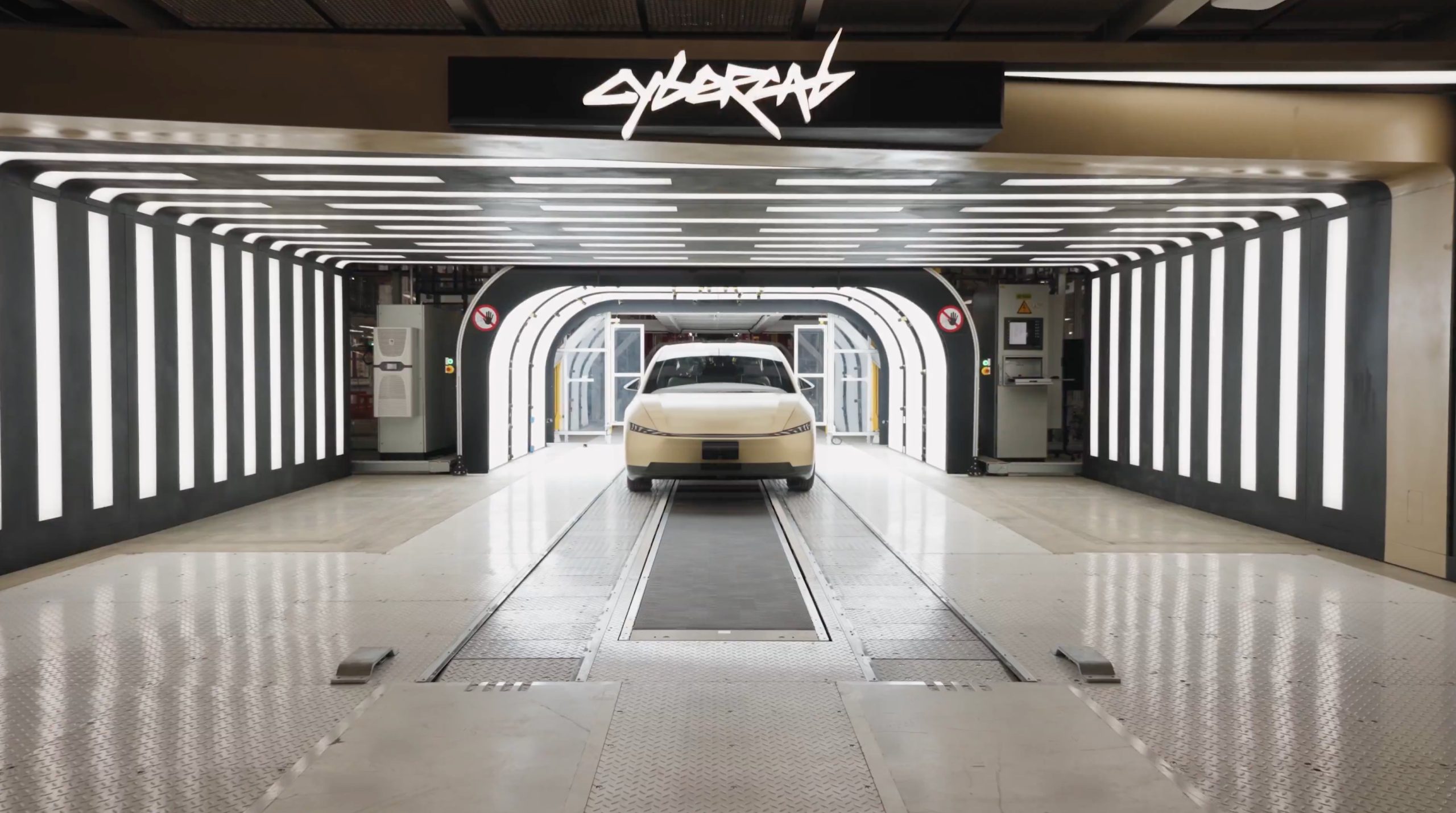
Tesla bear Michael Burry got blunt with his beliefs over the company’s valuation, which he called “ridiculously overvalued” in a newsletter to subscribers this past weekend.
“Tesla’s market capitalization is ridiculously overvalued today and has been for a good long time,” Burry, who was the inspiration for the movie The Big Short, and was portrayed by Christian Bale.
Burry went on to say, “As an aside, the Elon cult was all-in on electric cars until competition showed up, then all-in on autonomous driving until competition showed up, and now is all-in on robots — until competition shows up.”
Tesla bear Michael Burry ditches bet against $TSLA, says ‘media inflated’ the situation
For a long time, Burry has been skeptical of Tesla, its stock, and its CEO, Elon Musk, even placing a $530 million bet against shares several years ago. Eventually, Burry’s short position extended to other supporters of the company, including ARK Invest.
Tesla has long drawn skepticism from investors and more traditional analysts, who believe its valuation is overblown. However, the company is not traded as a traditional stock, something that other Wall Street firms have recognized.
While many believe the company has some serious pull as an automaker, an identity that helped it reach the valuation it has, Tesla has more than transformed into a robotics, AI, and self-driving play, pulling itself into the realm of some of the most recognizable stocks in tech.
Burry’s Scion Asset Management has put its money where its mouth is against Tesla stock on several occasions, but the firm has not yielded positive results, as shares have increased in value since 2020 by over 115 percent. The firm closed in May.
In 2020, it launched its short position, but by October 2021, it had ditched that position.
Tesla has had a tumultuous year on Wall Street, dipping significantly to around the $220 mark at one point. However, it rebounded significantly in September, climbing back up to the $400 region, as it currently trades at around $430.
It closed at $430.14 on Monday.
Investor's Corner
Mizuho keeps Tesla (TSLA) “Outperform” rating but lowers price target
As per the Mizuho analyst, upcoming changes to EV incentives in the U.S. and China could affect Tesla’s unit growth more than previously expected.
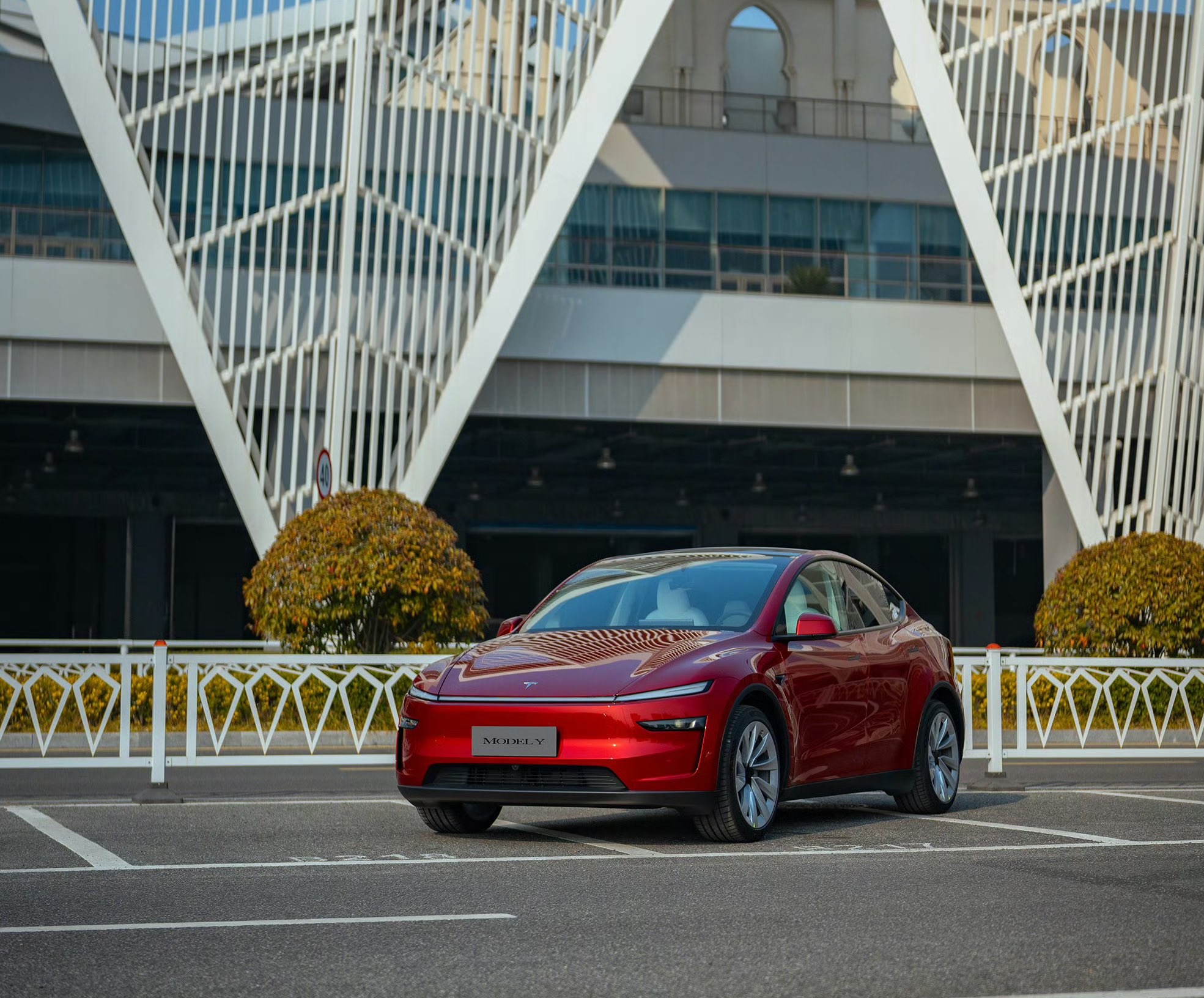
Mizuho analyst Vijay Rakesh lowered Tesla’s (NASDAQ:TSLA) price target to $475 from $485, citing potential 2026 EV subsidy cuts in the U.S. and China that could pressure deliveries. The firm maintained its Outperform rating for the electric vehicle maker, however.
As per the Mizuho analyst, upcoming changes to EV incentives in the U.S. and China could affect Tesla’s unit growth more than previously expected. The U.S. accounted for roughly 37% of Tesla’s third-quarter 2025 sales, while China represented about 34%, making both markets highly sensitive to policy shifts. Potential 50% cuts to Chinese subsidies and reduced U.S. incentives affected the firm’s outlook.
With those pressures factored in, the firm now expects Tesla to deliver 1.75 million vehicles in 2026 and 2 million in 2027, slightly below consensus estimates of 1.82 million and 2.15 million, respectively. The analyst was cautiously optimistic, as near-term pressure from subsidies is there, but the company’s long-term tech roadmap remains very compelling.
Despite the revised target, Mizuho remained optimistic on Tesla’s long-term technology roadmap. The firm highlighted three major growth drivers into 2027: the broader adoption of Full Self-Driving V14, the expansion of Tesla’s Robotaxi service, and the commercialization of Optimus, the company’s humanoid robot.
“We are lowering TSLA Ests/PT to $475 with Potential BEV headwinds in 2026E. We believe into 2026E, US (~37% of TSLA 3Q25 sales) EV subsidy cuts and China (34% of TSLA 3Q25 sales) potential 50% EV subsidy cuts could be a headwind to EV deliveries.
“We are now estimating TSLA deliveries for 2026/27E at 1.75M/2.00M (slightly below cons. 1.82M/2.15M). We see some LT drivers with FSD v14 adoption for autonomous, robotaxi launches, and humanoid robots into 2027 driving strength,” the analyst noted.
Investor's Corner
Tesla stock lands elusive ‘must own’ status from Wall Street firm
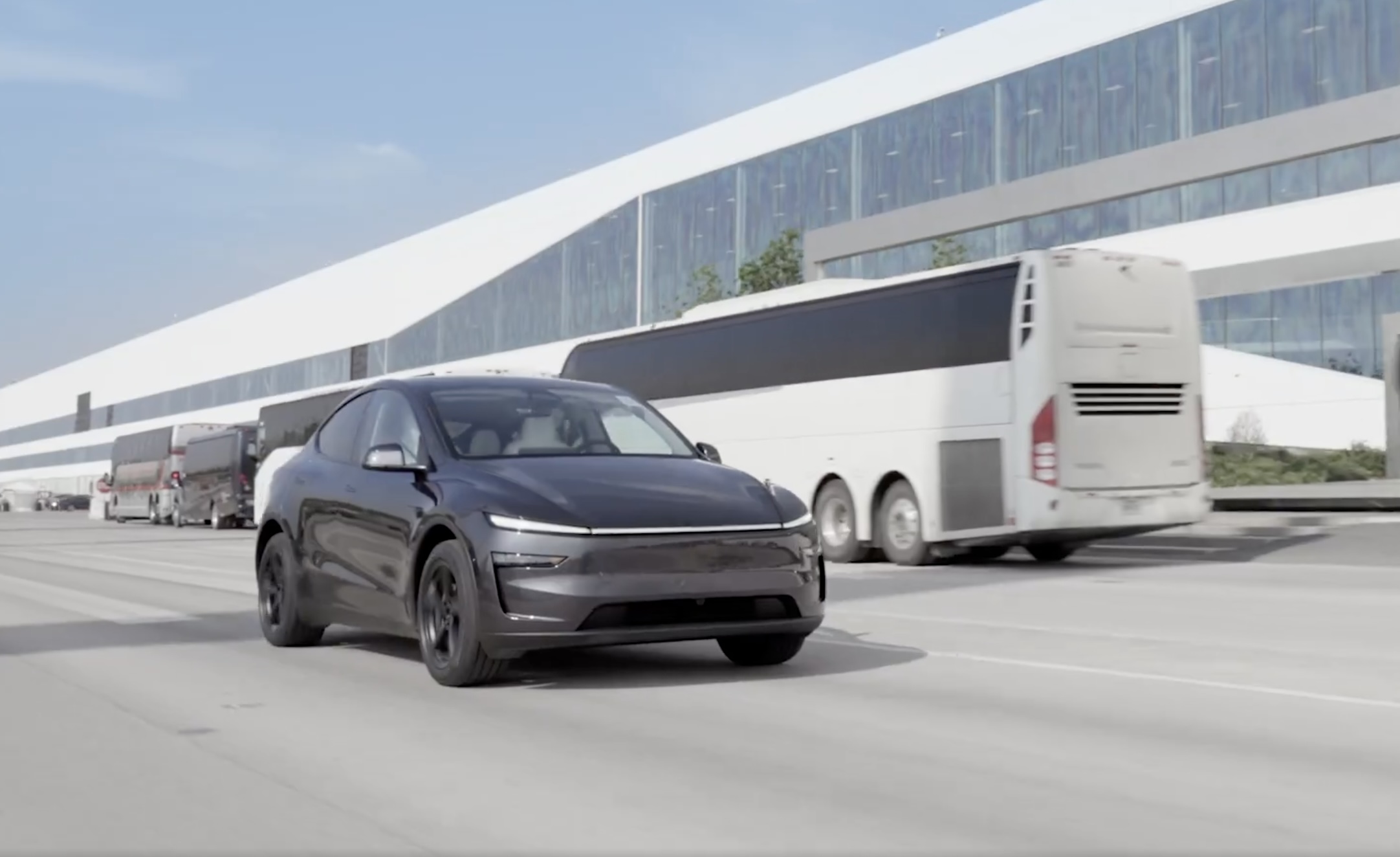
Tesla stock (NASDAQ: TSLA) has landed an elusive “must own” status from Wall Street firm Melius, according to a new note released early this week.
Analyst Rob Wertheimer said Tesla will lead the charge in world-changing tech, given the company’s focus on self-driving, autonomy, and Robotaxi. In a note to investors, Wertheimer said “the world is about to change, dramatically,” because of the advent of self-driving cars.
He looks at the industry and sees many potential players, but the firm says there will only be one true winner:
“Our point is not that Tesla is at risk, it’s that everybody else is.”
The major argument is that autonomy is nearing a tipping point where years of chipping away at the software and data needed to develop a sound, safe, and effective form of autonomous driving technology turn into an avalanche of progress.
Wertheimer believes autonomy is a $7 trillion sector,” and in the coming years, investors will see “hundreds of billions in value shift to Tesla.”
A lot of the major growth has to do with the all-too-common “butts in seats” strategy, as Wertheimer believes that only a fraction of people in the United States have ridden in a self-driving car. In Tesla’s regard, only “tens of thousands” have tried Tesla’s latest Full Self-Driving (Supervised) version, which is v14.
Tesla Full Self-Driving v14.2 – Full Review, the Good and the Bad
When it reaches a widespread rollout and more people are able to experience Tesla Full Self-Driving v14, he believes “it will shock most people.”
Citing things like Tesla’s massive data pool from its vehicles, as well as its shift to end-to-end neural nets in 2021 and 2022, as well as the upcoming AI5 chip, which will be put into a handful of vehicles next year, but will reach a wider rollout in 2027, Melius believes many investors are not aware of the pace of advancement in self-driving.
Tesla’s lead in its self-driving efforts is expanding, Wertheimer says. The company is making strategic choices on everything from hardware to software, manufacturing, and overall vehicle design. He says Tesla has left legacy automakers struggling to keep pace as they still rely on outdated architectures and fragmented supplier systems.
Tesla shares are up over 6 percent at 10:40 a.m. on the East Coast, trading at around $416.








